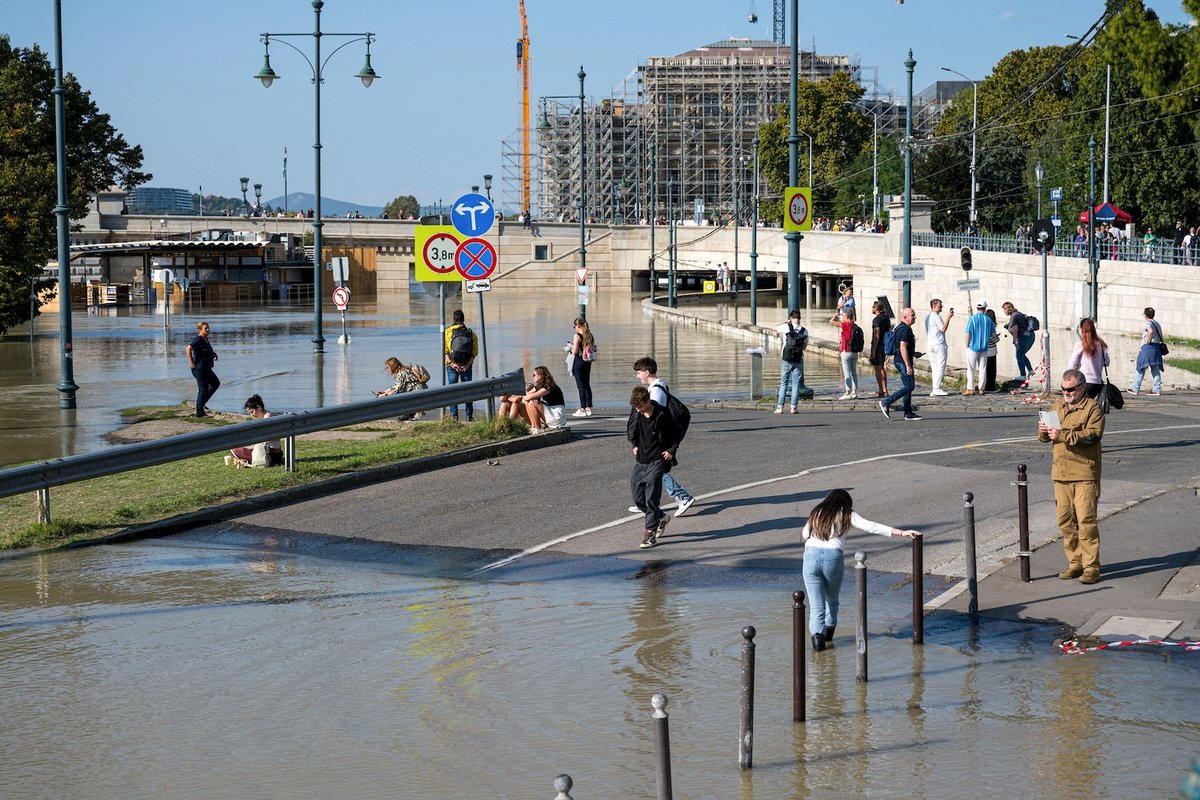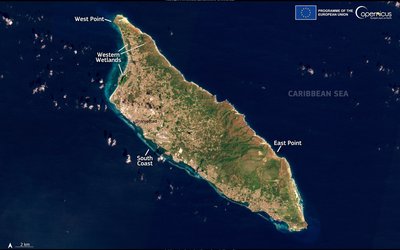Heavy rainfall Central Europe 2024 twice as likely due to climate change
September 25, 2024

Photo: Peak discharge on the Danube arriving in Budapest, September 2024 (source: Sandor Somkuti, www.flickr.com).
Over a period of four days, very heavy rainfall caused widespread flooding in Central Europe in September 2024. Almost two million people in a vast area stretching across parts of Poland, Czechia, Austria, Romania, Hungary, Germany and Slovakia were directly affected by the flooding. Both the intensity and duration of the heavy rainfall, and the size of the affected area were extreme. At least 24 people lost their lives and the extent of the damage is enormous.
Attribution of climate change
Experts made a first assessment to what extent this event was due to climate change. This approach – attribution analysis – enables experts to present a first estimate of the attribution of man-made climate change to an extreme event shortly after the event. They do so by simulating the event with climate models and comparing these results with observations of similar events in the past.
Observations
The heavy rainfall was caused by cold polar air flowing from the north over the Alps and meeting very warm air in the south. According to the historic record of observations, ‘there is no robust change’ in the number of these weather systems since the 1950s. The intensity and duration of these events has changed, though. According to the historic record, heavy four-day rainfall events have become about twice as likely and 20% more intense since the pre-industrial era.
Model simulations
The climate model simulations show that man-made climate change has already doubled the likelihood of this event and increased the intensity of the heavy rainfall by 7%. In the future, both the likelihood and intensity of similar events will further increase. In a 2°C warmer world, for instance, the experts estimate a further 50% increase in the likelihood compared to present day conditions, and a 5% increase in rainfall intensity. These are lower bound estimates, they stress.
Low number of casualties
Remarkably, the number of fatalities is relatively low. The death toll of previous floods in this part of Europe – in 1997 and 2002 – was much higher, about 100-200. According to the experts this resembles the ‘effectiveness of investments made in forecasting, early warning systems, and forecast-based action including evacuations, flood defences and pre-emptive water reservoir releases’. As we reported earlier, floods have become less deadly worldwide. The extent of the damage will still be huge, however, probably tens of billion euros. For comparison: The 2021 flood in parts of Germany and Belgium, and to a lesser extent the Netherlands, led to losses of more than EUR 30 billion.
Source: Kimutai et al., 2024. Climate change and high exposure increased costs and disruption to lives and livelihoods from flooding associated with exceptionally heavy rainfall in Central Europe. Scientific Report World Weather Attribution (accessed 25-09-2024).








